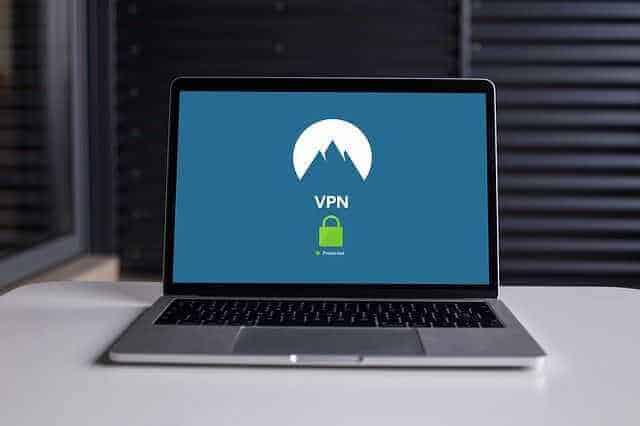Top Secure File Transfer Methods in 2022
Interested in learning more about secure file transfer methods for the incoming year? Let us find out more.
Data scandals cost billions of USD each year detracted from the global GDP. Protecting yourself against data scandals can protect you against millions of dollars’ worth of damage to your reputation and branding[1]. Once a scandal hits, there is no going back. Securing how files are sent and received within and without your organization is a keyway to protect yourself from the potential damage of a consumer data leak.
Let us examine secure file transfer methods in greater detail to see if we can help you help your business to stay secure.
What is Secure File Transfer?
What is secure file transfer? Secure file transfer is a protected method for sharing data between users or organizations. From the moment a file is created, the information it contains is at the mercy of hackers. Data is bought and sold on the illegal market every day, allowing identity theft, among other nasty surprises. Secure File Transfer systems allow you to ensure your files are safe, from the minute you send or receive them until the moment they are deleted.
To protect your files, you must set up a SFTP, or a Secure File Transfer Protocol. This is a system you devise to fit the needs of your business or organization. This system should incorporate methods of keeping those files safe while they are in shipment. To do this, employ some of the methods we detail below.
How to Transfer Files Securely in 2022?
As we move into 2022, let us examine some of the top secure file transfer methods to rely on for security.
Use an SSH
A Secure Shell data stream offers better protection for the sending and receiving of files. It will prevent any access to data while the file is in transit, meaning you cannot open it, even if you do successfully hack the server and retrieve the file.
Use FTPS
FTPS lets you choose between implicit and explicit. If the file is implicit, it is communicated upon reception and no passwords are needed to open it. This works in organizations where file transfer is frequent and trusted. If you opt for explicit, those passwords are reinstated. Many firms prefer this because it is safer than FTS and can come with added protocol for security if needs be.
Use HTTPS
The Hypertext Transfer Protocol we are all a little familiar with encrypts data through means of certification. This certification proves to the user or recipient that the data is correct. It adds a layer of encryption by way of TLS, which makes sure the data is as structurally sound as it was on sending. Https lets you upload data for select people to see.
Consider MFT
A managed file transfer solutions use GPG and PGP encryptions to dually encrypt your files. It adds layers of safety by encrypting files in targeted folders, meaning that even if the hackers find the document, it will be scrambled by multiple programs.
- https://www.capita.com/sites/g/files/nginej291/files/2020-08/Ponemon-Global-Cost-of-Data-Breach-Study-2020.pdf ↑






